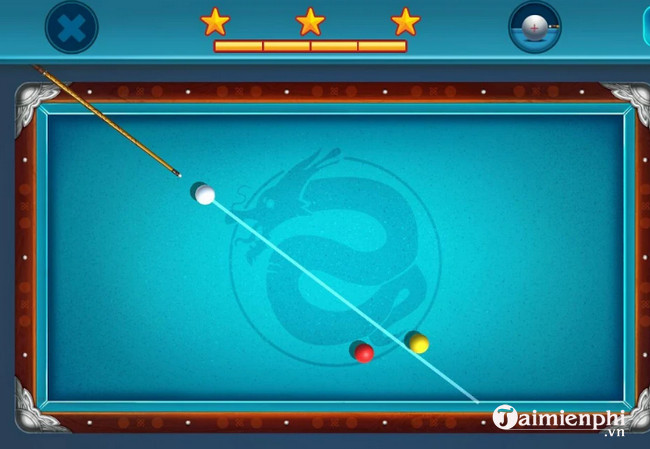
The push-outĪfter the break (regardless of the result), before the second shot of the game, the player at the table may call a "push-out." A push-out can be called by the breaking player if he legally pocketed a ball on the break, or by the non-breaking player if no ball was pocketed on the break. Since the objective of the game is to pocket the 9-ball, if the 9-ball is pocketed during a legal break, then the player that broke the rack automatically wins. For the break, the cue ball must contact the 1-ball first. The break is the very first shot taken at the table, when the white cue ball contacts the other balls that are in the rack.

Players can pocket any ball at any time, as long as the lowest numbered ball (also referred to as the 'object ball) on the table is the first ball to be contacted by the cue ball. The lowest numbered ball on the table does not have to be pocketed, only contacted first. The main rule to remember about 9 Ball is that, for every shot, the cue ball must first contact the lowest numbered ball on the table before contacting any other balls, otherwise it is a foul. (See the Foul section for fouls) Game Play Once a player begins their turn, they are allowed to play and continue shooting until they miss a shot or commit a foul. Like other billiards games, players alternate turns. The 9-ball can be pocketed at any time during the game. 9-Ball is unique from other billiards games in that a player needs to only pocket a single ball, the 9-ball, in order to win the game. The nine ball is yellow and is distinguished from the 1-ball by its stripe.

The player that legally pockets the 9-ball first wins. The objective of 9-Ball is to pocket the 9-ball. Players pocket the nine different balls by striking the cue ball with a cue stick.

The cue ball is white and is not numbered. 9-Ball is a two-player billiards game played on a table with six pockets using nine numbered balls and a cue ball.


 0 kommentar(er)
0 kommentar(er)
